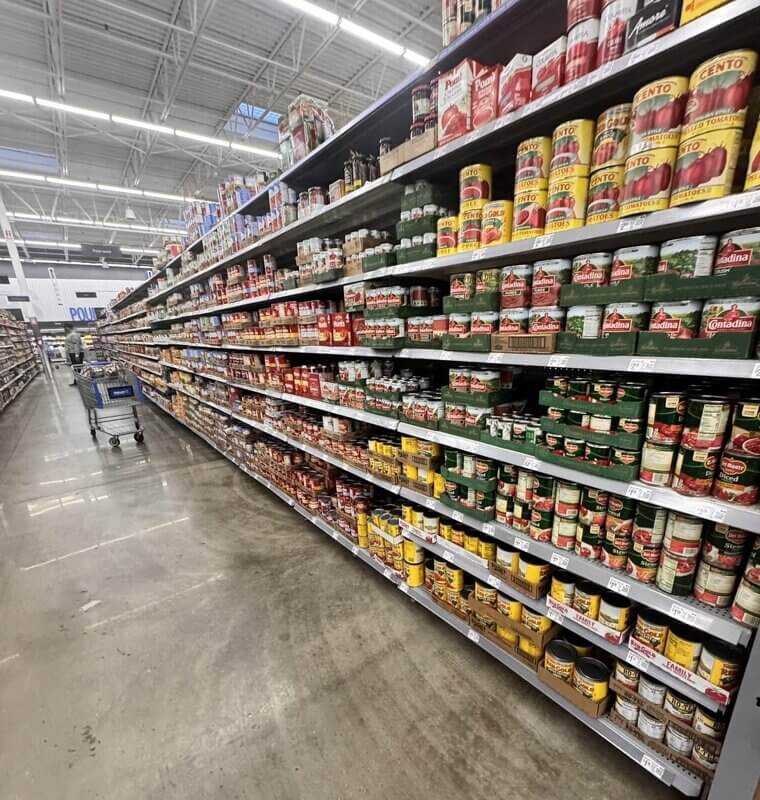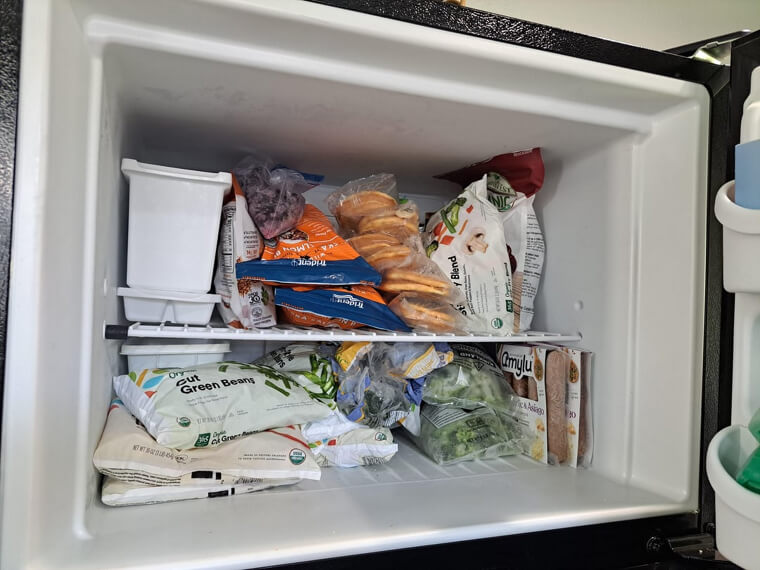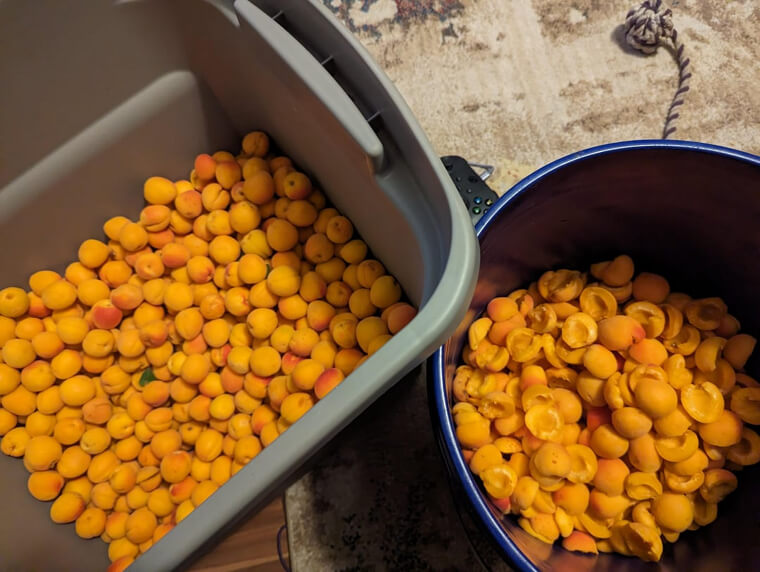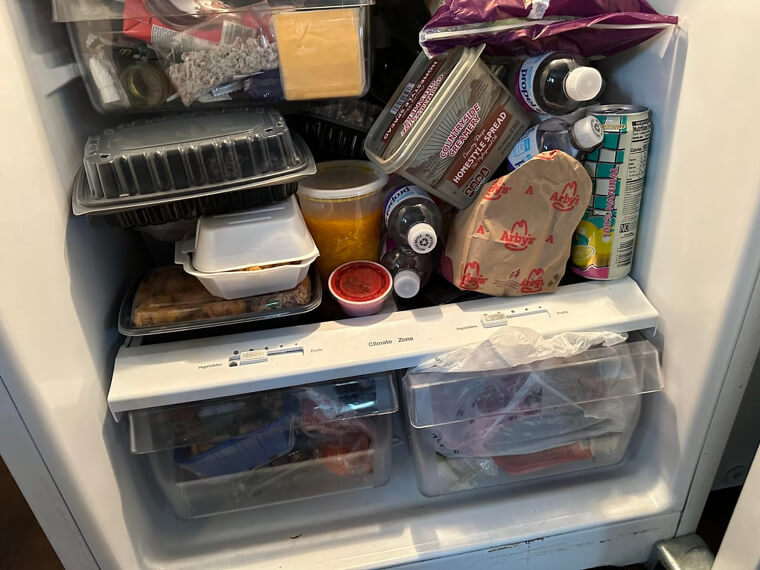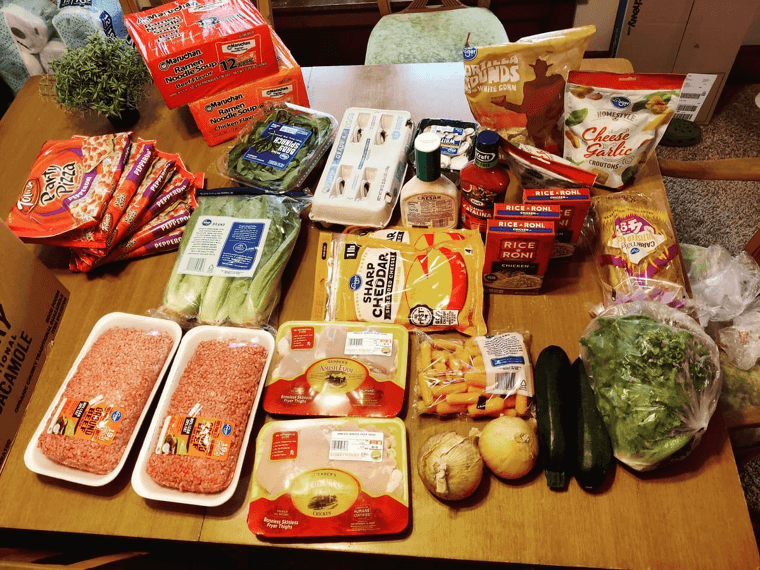They Track Grocery Prices Like a Hobby
Smart shoppers know what their favorite products should cost. They track prices in a simple notebook or spreadsheet, so when something truly goes on sale, they recognize it instantly. It might sound tedious, but it becomes second nature once you start. Over time, you learn store patterns and know exactly when to stock up. It is like insider trading for your grocery list, only perfectly legal and surprisingly satisfying.
They Time Grocery Trips by Restock Day
Every store has a restock schedule, usually midweek, when fresh produce, meats, and dairy arrive. Savvy shoppers learn that schedule and plan accordingly. Shopping right after restock means the best selection of fresh items before markdowns disappear. Shopping the day before restock, however, often means steep discounts on products that need to sell fast. Either option works in your favor - it is all about timing your trip like a pro.
They Shop Their Freezer Before the Store
The thriftiest shoppers treat their freezer like a savings account. Before every grocery trip, they “shop” what they already have. Half a bag of frozen vegetables? That’s dinner. Extra rolls from last month’s party? That’s a lunch waiting to happen. Freezers hide forgotten treasures that, when used creatively, can delay grocery runs for days. It is the simplest way to save: use what you already paid for.
They Join Local Buy and Trade Groups
Many communities have Facebook or neighborhood app groups where people trade or give away surplus groceries. You might find someone offloading pantry staples they overbought or garden produce they cannot use fast enough. It is part thrift, part community building, and often a win-win for everyone involved. Thrifty people keep an eye on these listings and never hesitate to swap their extras for something new.
They Build a “Use It Up” Week Every Month
Once a month, frugal shoppers dedicate a week to using up what they already have instead of shopping. It might mean creative recipes like “pantry pasta” or “whatever’s-left soup,” but it also forces you to rotate food before it goes bad. These no-spend grocery weeks can save hundreds each year while reducing waste. Plus, they turn what might feel like a dull routine into a challenge - a test of resourcefulness that usually ends up delicious.
Conclusion
Being thrifty at the grocery store is not about doing without, it is about being clever. From timing your trips to making the most of what you already have, these small habits quietly add up to major savings. And once you start noticing how much you are not spending, saving on groceries becomes less of a chore and more of a lifestyle.


